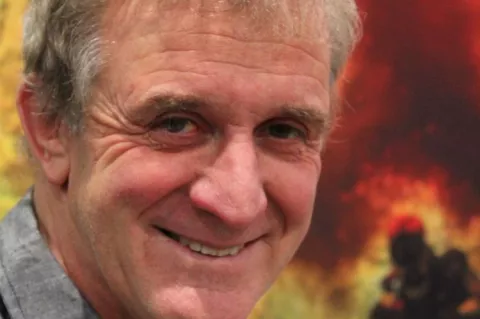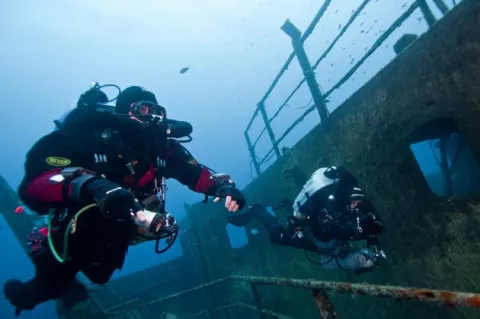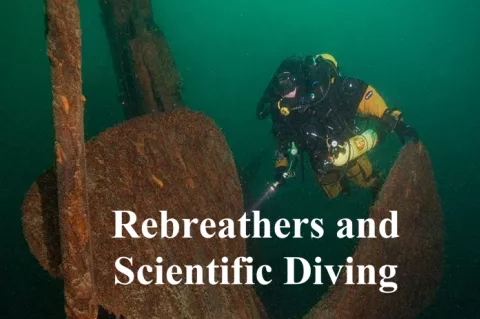RESA and RTC are in concord over training standards
Prior to this meeting the Rebreather Education and Safety Association (RESA) and the Rebreather Training Council (RTC) had been having a robust active discussion about industry-wide rebreather training standards. It seemed sensible therefore to take the opportunity for the two organisations to find a common path forward.
Mark Caney from PADI and the RTC stated "The key item to come out of this meeting was an agreement for a joint committee to look at standards issued by both organisations, and work objectively towards harmonisation of standards.




